Everything that has a beginning also has an end. We are looking forward to the start of space missions with great impatience and feel the admiration of the spirit from receiving the first photos or telemetry. At the same time, we get upset when we receive the latest photos from missions approaching the final stage. Some missions are completed as planned, and the end of others is sudden, which only increases the upset.
The Universe Space Tech created a selection of famous photos that were the last in various outstanding space missions completed in the last few years.
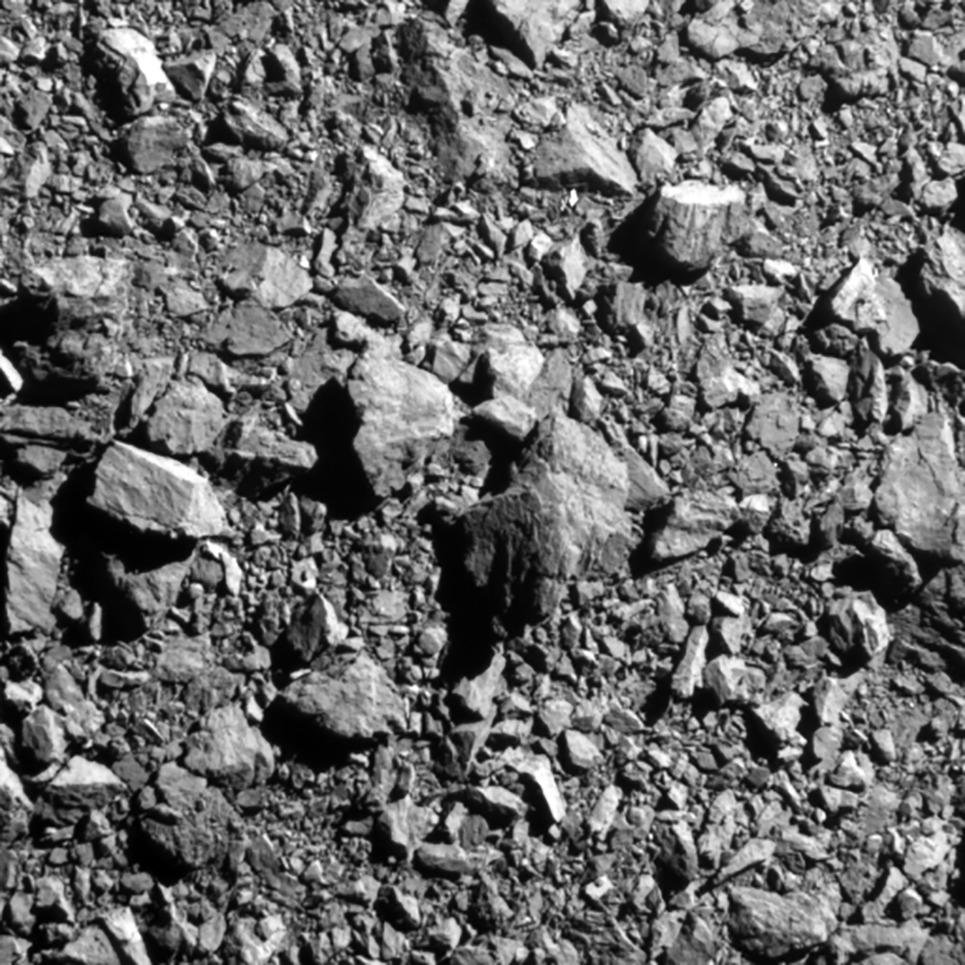

NASA’s DART mission was completed in September 2022 and had the goal of finding out whether humanity would be able to change the trajectory of an asteroid threatening the Earth if such a need arose in the future. The spacecraft collided with a small moon called Dimorphos about 10 million km from Earth. In the picture you see the penultimate full image sent by DART, about 2 seconds before impact. But the last image from DART turned out to be incomplete, because at that moment the probe collided with an asteroid and stopped transmitting images to Earth. Later, scientists found that the asteroid’s orbit really changed – the rotation around 65803 Didymos accelerated by 32 minutes – this is an amazing success.
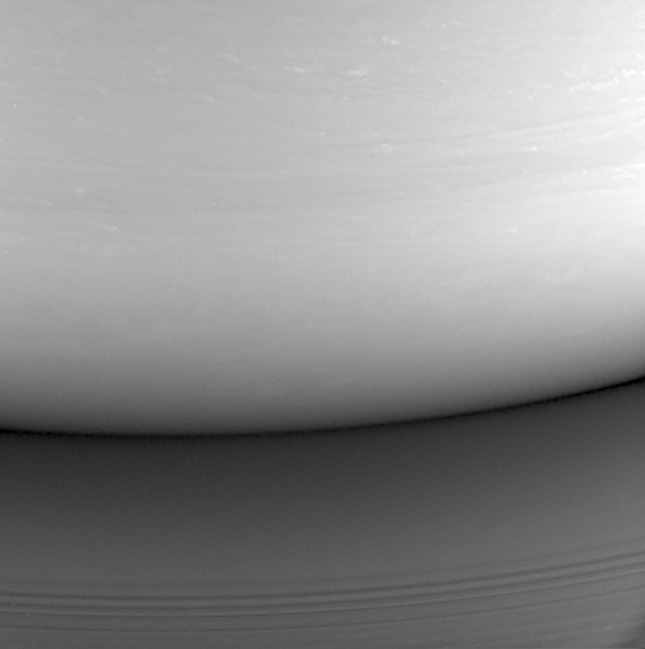
After 13 productive years of orbiting Saturn, the Cassini spacecraft was decommissioned in 2017 in one of the most epic ways imaginable, as NASA engineers ordered the probe to dive directly into the planet. During its lifetime, Cassini illuminated alien realms where methane flowed like water and geysers of ice burst into space. In recent days, the scientific probe was running out of fuel, and NASA did not want to risk it crashing uncontrollably into one of the satellites.
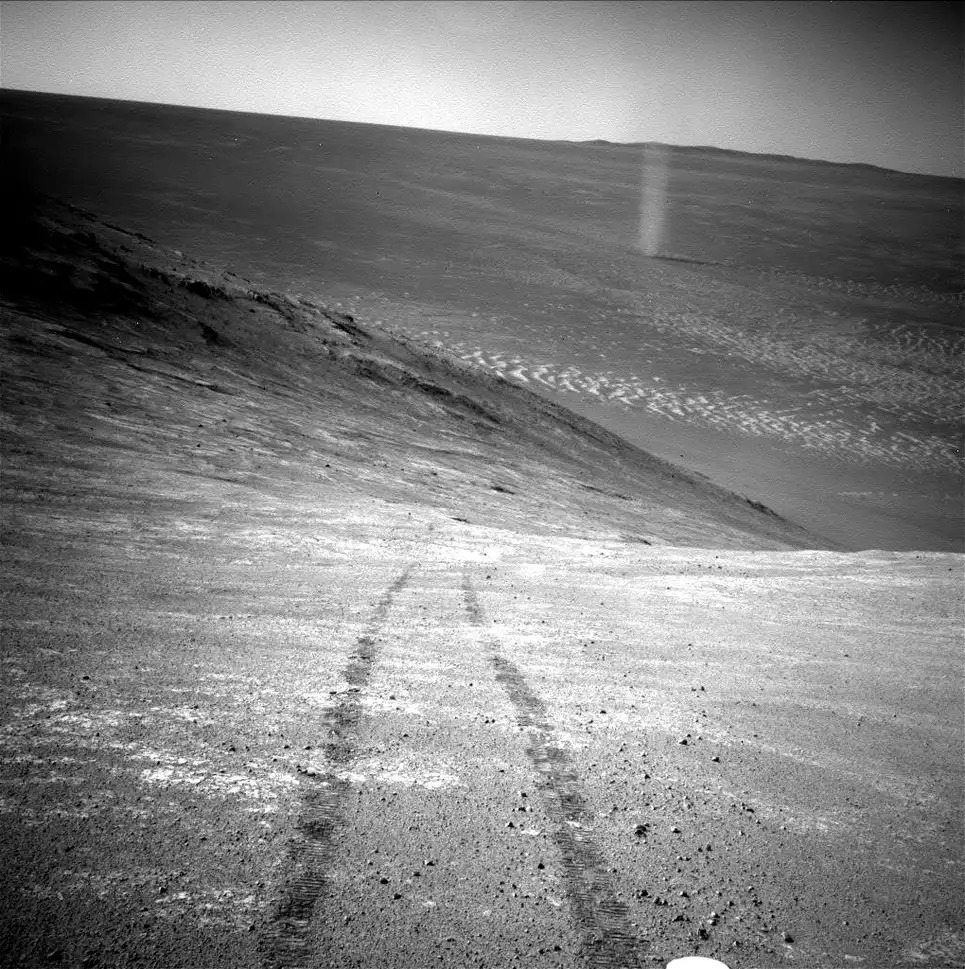
The latest photo from NASA’s Opportunity rover shows an intense dust storm in 2018. After 14 years of the rover’s stay on the Red Planet, its solar panels were heavily dusty, so it could not recharge its batteries to continue working. After the dust storm subsided, Opportunity did not get in touch.
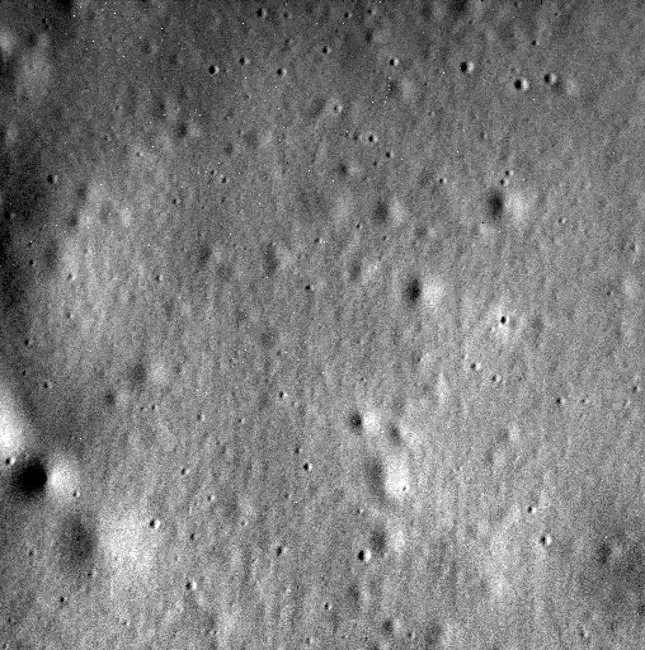
While Cassini plunged into the turbulent clouds of the gas giant Saturn, the NASA MESSENGER orbiter ended its “life” by hitting the rocky surface of Mercury at full speed. The spacecraft orbited the planet closest to the Sun for four years, three more than planned. On April 30, 2015, MESSENGER transmitted the last image of the Yokai crater, about the width of the English Channel. This was its last photo, which was sent by a pioneering space probe. Later that day, it fell north of Shakespeare Crater.
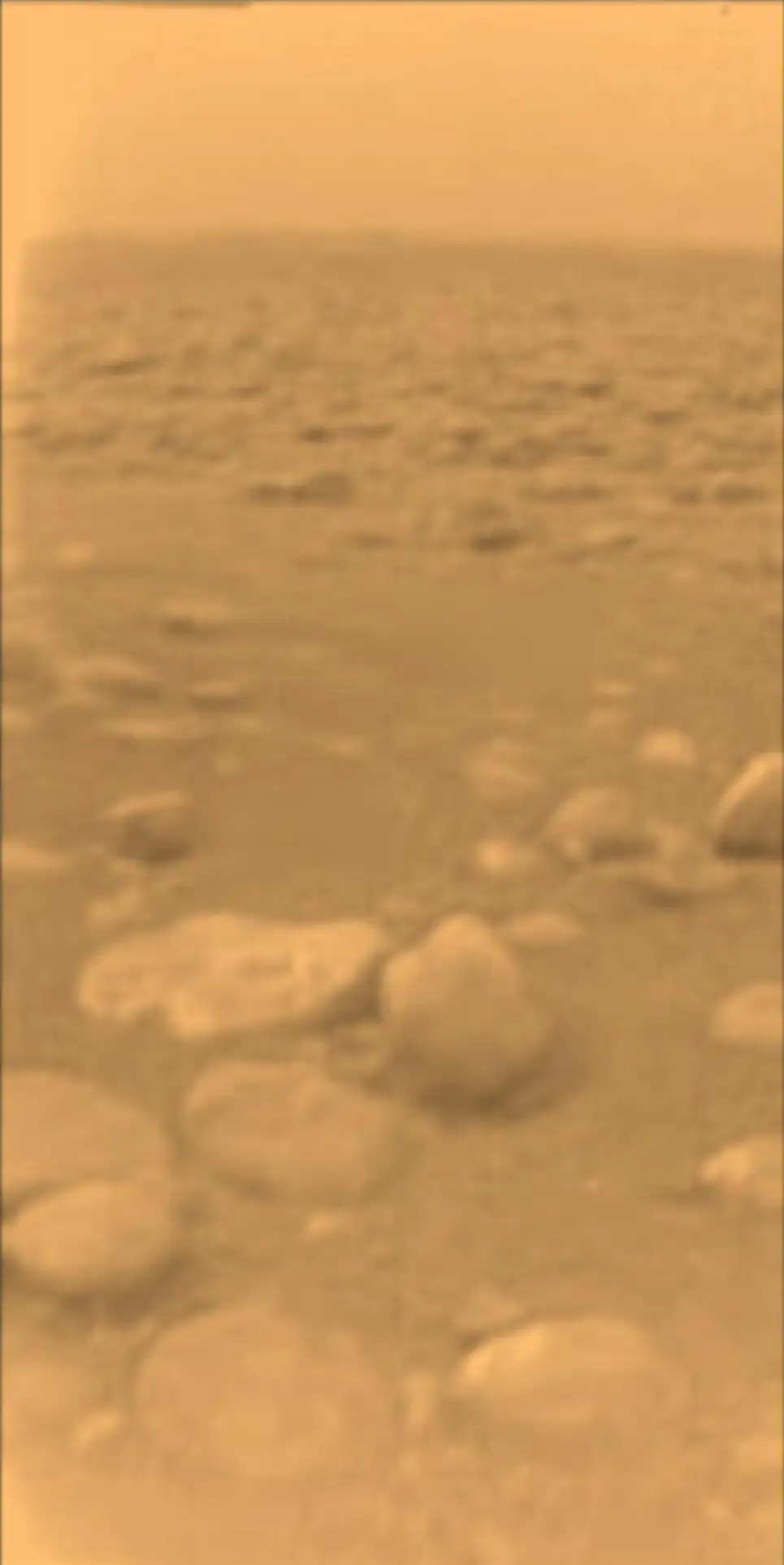
Arriving at Saturn aboard Cassini, the Huygens probe was tasked with descending through the atmosphere of Titan, Saturn’s largest moon, where, according to some astrobiologists, microbial life might be. During a slow parachute descent on January 14, 2005, Huygens collected information about Titan’s atmosphere, wind, electromagnetic activity and chemical composition. When the probe landed, it began taking pictures of its alien surroundings. Titan remains the most distant surface to which man-made spacecraft have descended. Huygens transmitted data from the landing site for a little more than an hour before it fell silent forever.
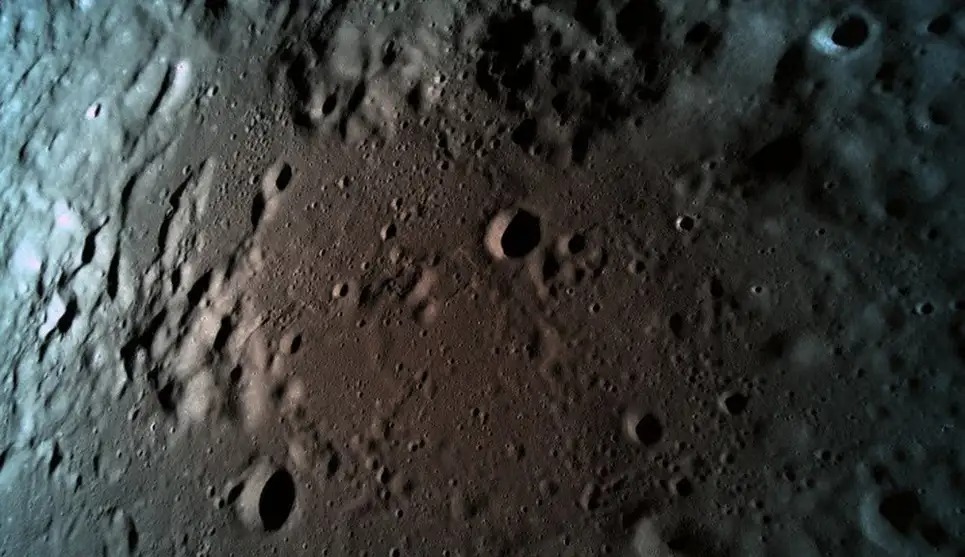
In 2019, the Israeli Beresheet landing probe experienced a failure during descent, due to which the spacecraft could not slow down for a smooth landing. The probe crashed into the surface before it could even begin its mission. If the Beresheet mission had been successful, it would have been the first commercial spacecraft to land on the Moon.
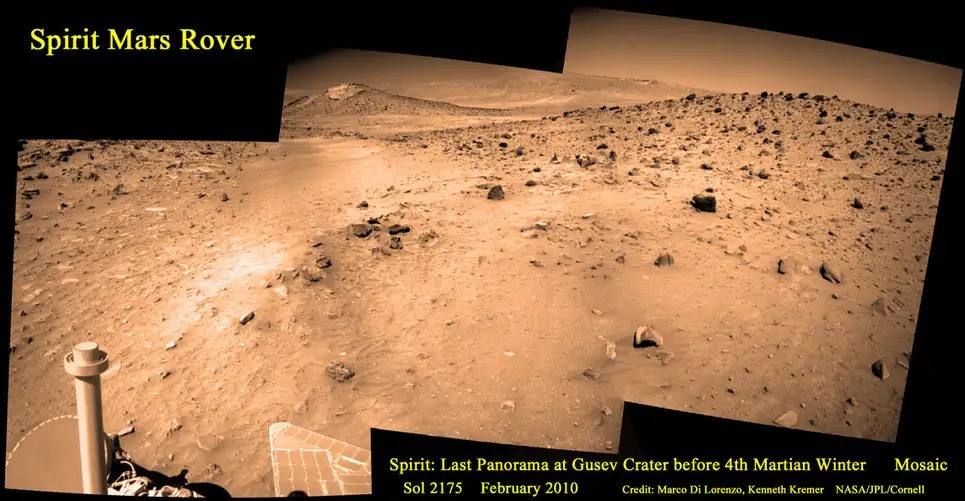
Like many other NASA rovers, Spirit remained operational, significantly exceeding its service life. Unlike Opportunity, which died due to dust, Spirit got its wheels stuck in the sand in 2009 and couldn’t move anymore. A year later, its mission was reclassified as a stationary scientific instrument. But it turned out to be at a very large angle to the Sun, so it could not get enough energy from its solar panels. In March 2010, Spirit “fell silent”. Its last panorama shows the crater that became its final resting place.
Earlier, we reported on 14 incredible ideas for space exploration.
Follow us on Twitter to get the most interesting space news in time
https://twitter.com/ust_magazine

